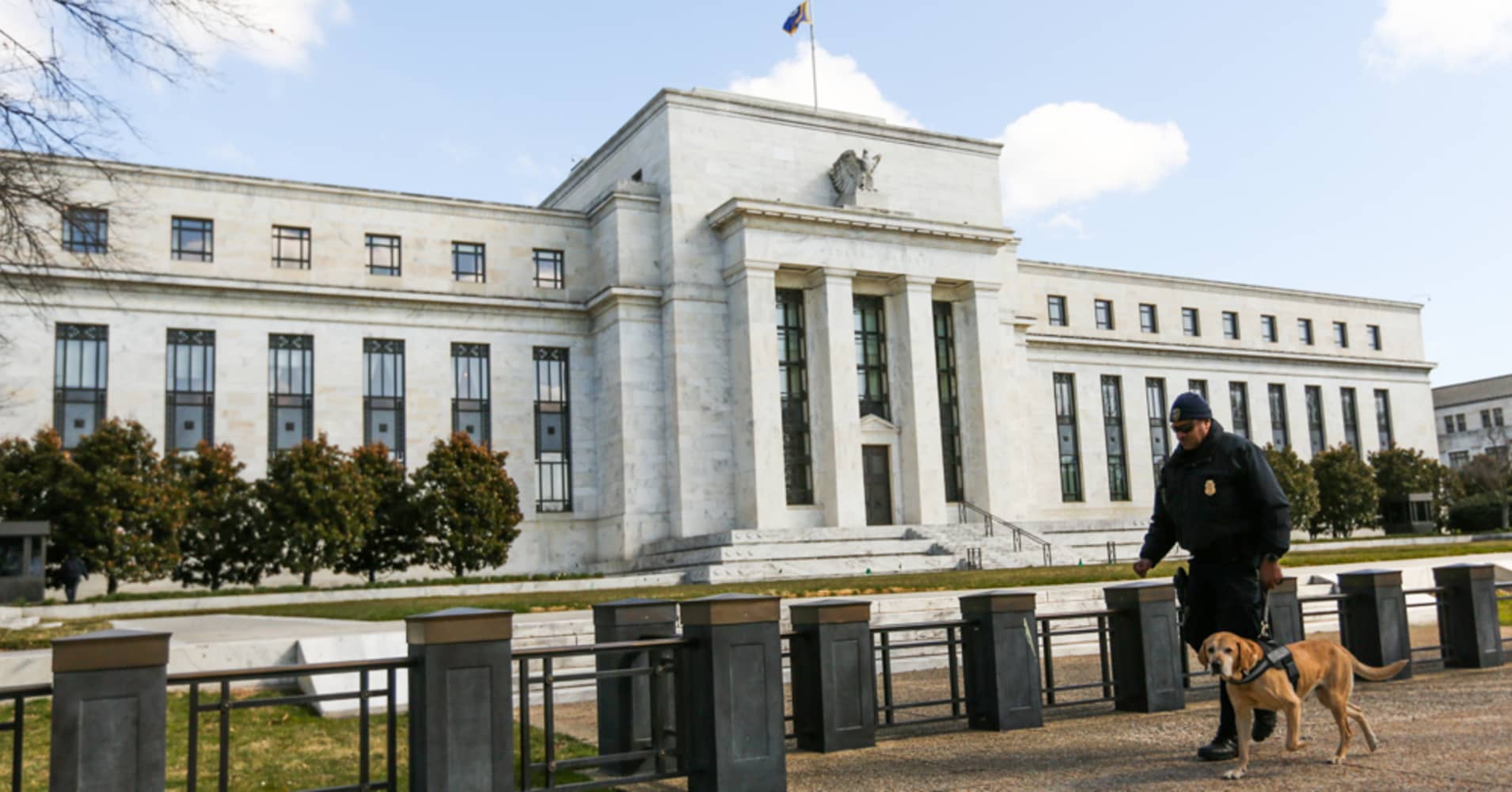
The Federal Reserve is going to have to put the brakes on interest rate hikes much sooner than its members think, CNBC’s Jim Cramer said Monday.
Though central bank officials have indicated about five more increases between now and 2020, Cramer said he thinks Fed Chairman Jerome Powell will look at circumstances and decide that the current forecast won’t work.
“I just think he’s going to blink,” Cramer said on “Squawk on the Street.”
“It’s going to be one and done in December. That’s what I’m saying is happening,” he added. “And then he’s going to pause.”
Cramer cited some unsettling data from earnings season to make his case. So far, 35 percent of companies reporting their third-quarter numbers have missed analyst estimates, according to figures the Wall Street Journal cited Monday.
“These numbers are going to be watched,” he said.
Also Cramer has been vocal that he agrees with President Trump’s frustration with the Fed, although not necessarily with the way the president is going about attacking the independent agency.
If he’s right about the direction of money policy, it will make a sharp turn both from official Fed projections, and the rhetoric that has come from many of its top officials, not to mention market expectations.
In their quarterly summary of economic projections, Federal Open Market Committee members indicated one more increase before the end of the year — likely in December — followed by three more in 2019 and another one or two in 2020. At that point, the policymakers are expected to pause to examine conditions.
Market participants have priced in about an 83 percent chance of a December hike. They also see a 56 percent probability of another move in March 2019 and then about a 52 percent chance of an additional increase in September that would take the benchmark funds rate target to 2.75 percent to 3 percent. That’s about one less increase than indicated by the FOMC, which sees the rate at 3.1 percent by the end of the year.
Powell himself, in a recent interview with PBS, said the market is a long way from a rate that would be considered neutral.
Be the first to comment